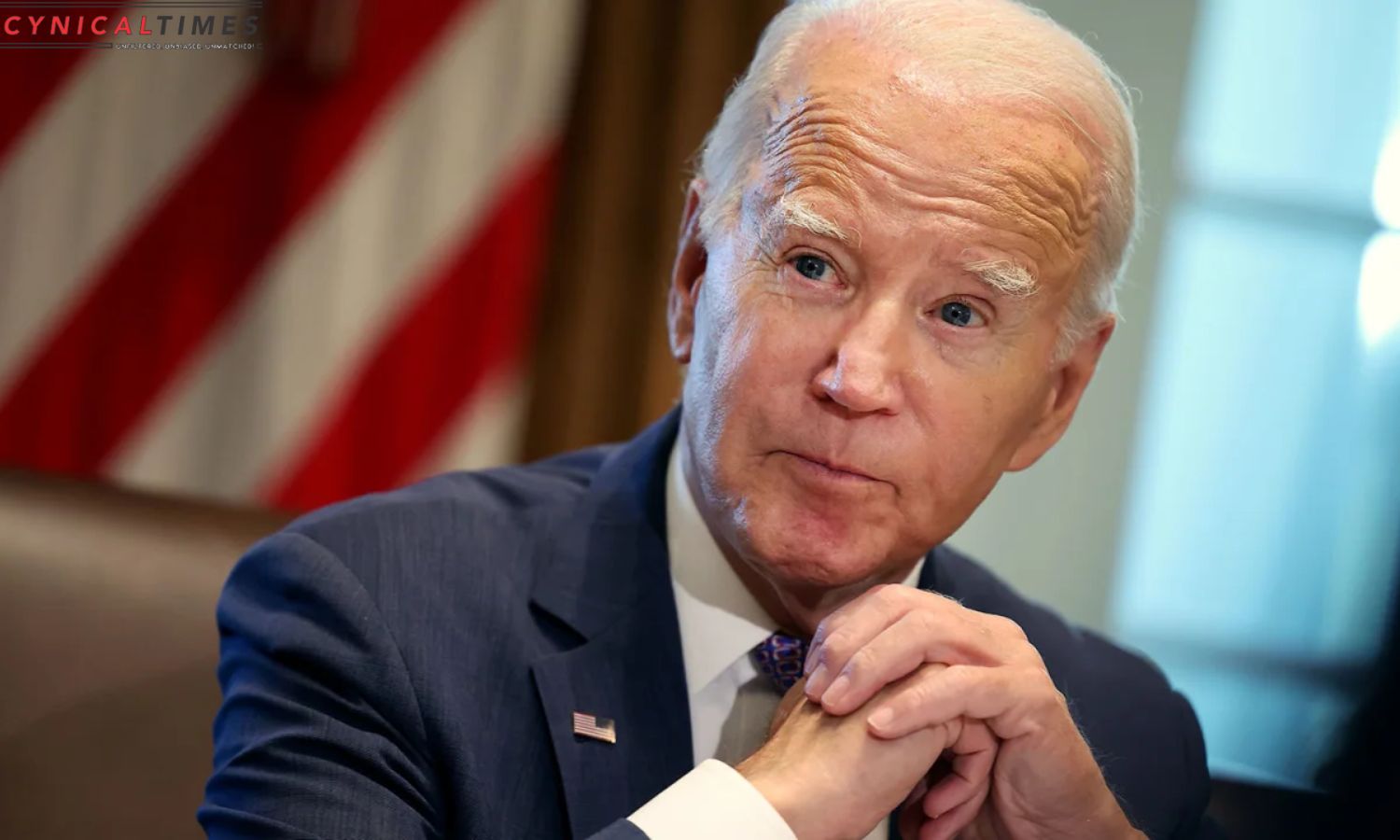Biden Signs Stopgap: President Joe Biden signed a stopgap spending bill into law on Thursday, successfully preventing an imminent government shutdown and laying the groundwork for a contentious funding battle in the coming year.
This unconventional two-step plan, a notable win for House Speaker Mike Johnson, establishes new shutdown deadlines in January and February. However, it falls short of a comprehensive year-long spending bill, merely extending funding until January 19 for critical areas such as military construction, veterans’ affairs, transportation, housing, and the Energy Department. The remaining government sectors, not covered in this initial step, receive funding until February 2.
A major concession from Democrats is the exclusion of additional military assistance for Ukraine, a topic that has resurfaced after being omitted from the September stopgap bill. Notably, the plan also lacks military support for Israel.


Also Read: Mark Meadows Racketeering Charges: Impacting US Politics
Initially proposed by conservatives, the two-step approach faced opposition from within their ranks due to the absence of substantial spending cuts. Instead, it continues funding at existing levels, a compromise that secured Democratic support.
The bill passed the House with a vote of 336 to 95 on Tuesday, with more Democrats than Republicans in favor. The Senate followed suit with an 87 to 11 vote on Wednesday.
While this plan allows Congress to sidestep the need for a comprehensive spending bill before the winter holidays, House Speaker Mike Johnson faces a leadership challenge, given the lack of support from some members of his own party. Despite discontent, many House Republicans argue that Johnson, a recently elected speaker, inherited challenges not of his own making, signaling a potential difference in fate from his predecessor, Rep. Kevin McCarthy. McCarthy was ousted after presenting the previous stopgap bill in September, but Johnson might be spared a similar fate due to the circumstances of his tenure.
Our Reader’s Queries
Did the government pass a stopgap spending bill?
The Senate has given the green light to a temporary spending bill that will keep the government funded until early next year. With a Friday deadline looming, the Senate voted overwhelmingly in favor of the stopgap measure, with a final tally of 87-11. This move ensures that essential government services will continue to operate without interruption.
Did the government shutdown November 17 2023?
Every year, the Fiscal Year concludes on September 30. To prevent a government shutdown, Congress passed a temporary stop-gap measure in September. This legislation ensured that the government remained open until November 17, 2023.
Did the Senate pass a bill to avoid the government shutdown?
The Senate has given the green light to the short-term government funding bill that was passed by the House on Tuesday night. This move has successfully prevented a government shutdown just days before the looming deadline on Friday. The final vote count was 87-11, with 10 Republicans and one Democrat opposing the bill.
What is the continuing resolution of 2023?
To avoid a government shutdown, a continuing resolution (CR) is put in place. This prevents any issues that may arise if the FY2024 appropriations bills are not passed before the current CR expires on November 17, 2023.

